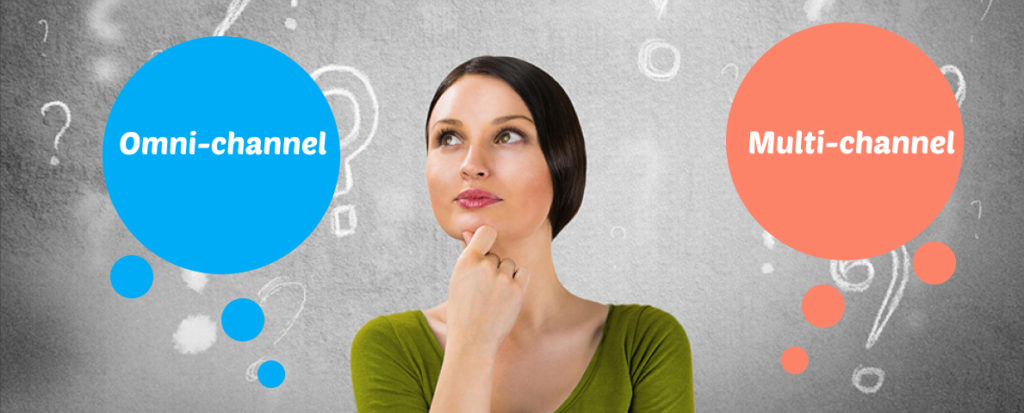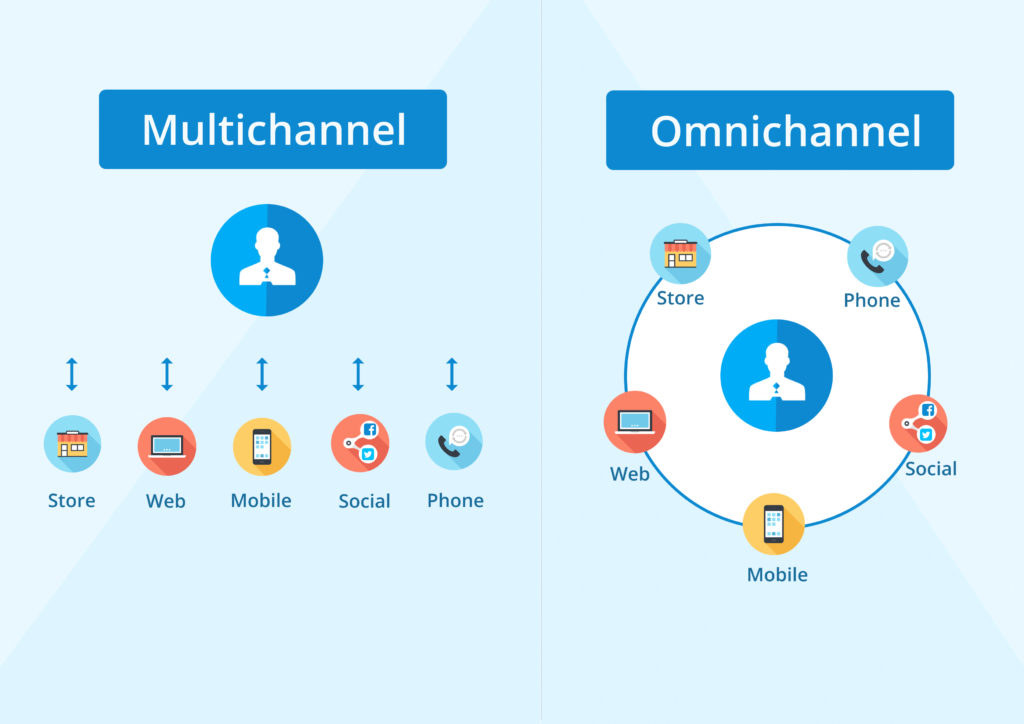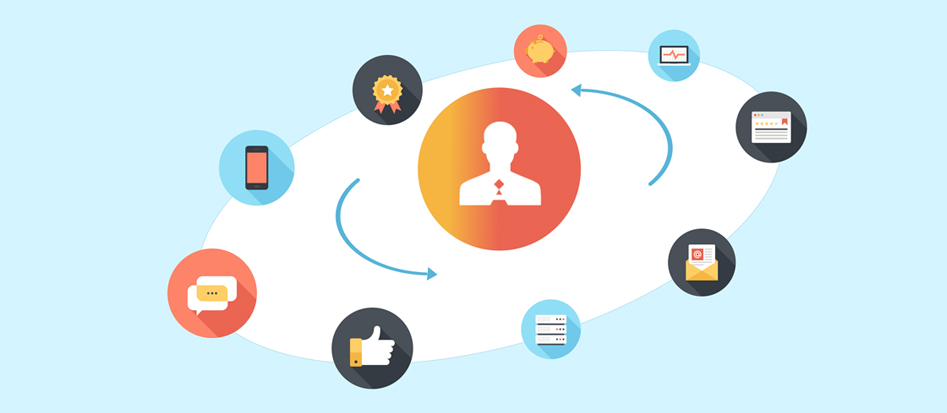CCM – Technology “BOOM”


Customer Communications Management (CCM)
Effective communication is a vital aspect that facilitates any business’s ability to run with ease. There are multiple channels available to communicate with customers. CCM is a platform that allows organizations to administer client messages through a variety of channels such as, Email, Mobile, Print, Social Media and Dynamic Communications. It enables the organization to have a centralized communication system delivered via a wide variety of channels driving towards personalized interactive communications.
Why CCM?
- Customer Communications Management (CCM) simplifies, automates and keeps track of all communication for organizations of all sizes and industries.
- Adhering to compliance requirements while delivering a robust customer experience has become a base exceptional of clients. Optimizing dynamic changes drives the day-to-day functions across multiple organizations, and CCM used properly ensures clear understanding of these changes.
- CCM solutions has gown and specialized in domains such as Banking, Healthcare, Telecom, Government, Utilities, Insurance and many more.
- A robust CCM platform allows customer to opt for various channels of their choice while delivered in a compliant format. Macrosoft understands the needs of both the business and the customer and leverages solutions provided with CCM technology which seamlessly provides flawless interactive communications.
- Common client interactions revolve around marketing campaigns, new product launches, renewal notifications, service claims, billing and payment notifications. Each of these interactions need to be configured so they can happen through a range of media and output, including printed documents, electronic pdf, email, SMS, text, social media and web pages.
To learn more on the benefits of Omni-Channel Communication and to implement Quadient CCM, contact Macrosoft today.
Multi-Channel verses Omni-Channel


Multi-Channel infers communicating through a combination of channels – physical stores, e-shops, web-portals and online applications. The goal is to offer customers an opportunity to interact with your company in various environments. Within Multi-channel each gateway is typically regulated autonomously, and subsequently, therefore the customer experience may not remain consistent as clients switch channels.
Omni-Channel, the name “omni” signifies “all”. Resembling a multi-channel, clients have the choice of picking the communication format. Omni-channel correspondence flawlessly synchronizes the unique correspondence channels that business uses when interacting with clients. It delivers a seamless customized understanding across each of different channels.


“Technology the Key to Omni-Channel Communications.”


In this digital world, every customer wants an experience which seamlessly provides communication in the format of their preference. Some may choose an email notification while others want it to be in a print or pdf format. In an ever increasingly competitive market, providing an extraordinary client experience through customized omni-channel correspondence is crucial to your business having an upper hand, building client retention, and driving revenue.
Macrosoft’s use of the Quadient Inspire CCM platform helps organizations around the globe configure, oversee and convey customized, precise interactive communications over all channels, from one centralized system.
Benefits of Omni-Channel Communication
Omni-Channel communication better engages with your customers and delivers a consistent and seamless experience through digital interaction, satisfying every customer’s preference.


- Centralized customer communications.
- Reduced Costs
- Improved Customer Experience.
- Seamless Experience Throughout the Customer Interactions.
- Visibility into your Customers’ Journey with Your Organization.
- Easily Include New and Expanded Offerings for Your Customers.
To learn more on the benefits of Omni-Channel Communication and to implement Quadient CCM, contact Macrosoft today.
By Manohar V | January 3rd, 2023 | Quadient Inspire
Recent Blogs


Advantages of Technology and IT Companies Partnering with Staffing Firms Offering Visa Sponsorship
Read Blog

CCM in the Cloud: The Advantages of Cloud-Based Customer Communication Management
Read Blog

The Rise of Intelligent Automation: A Roadmap for Success
Read Blog


 Home
Home Services
Services




































